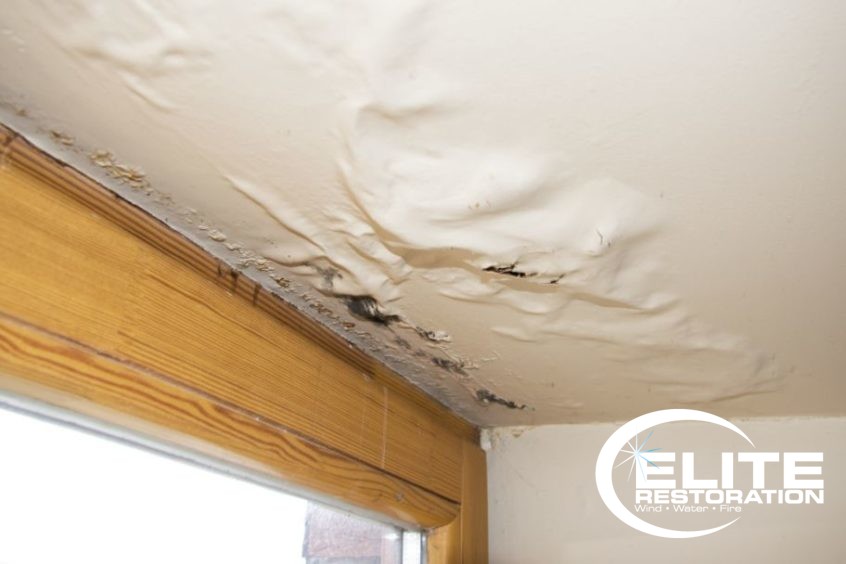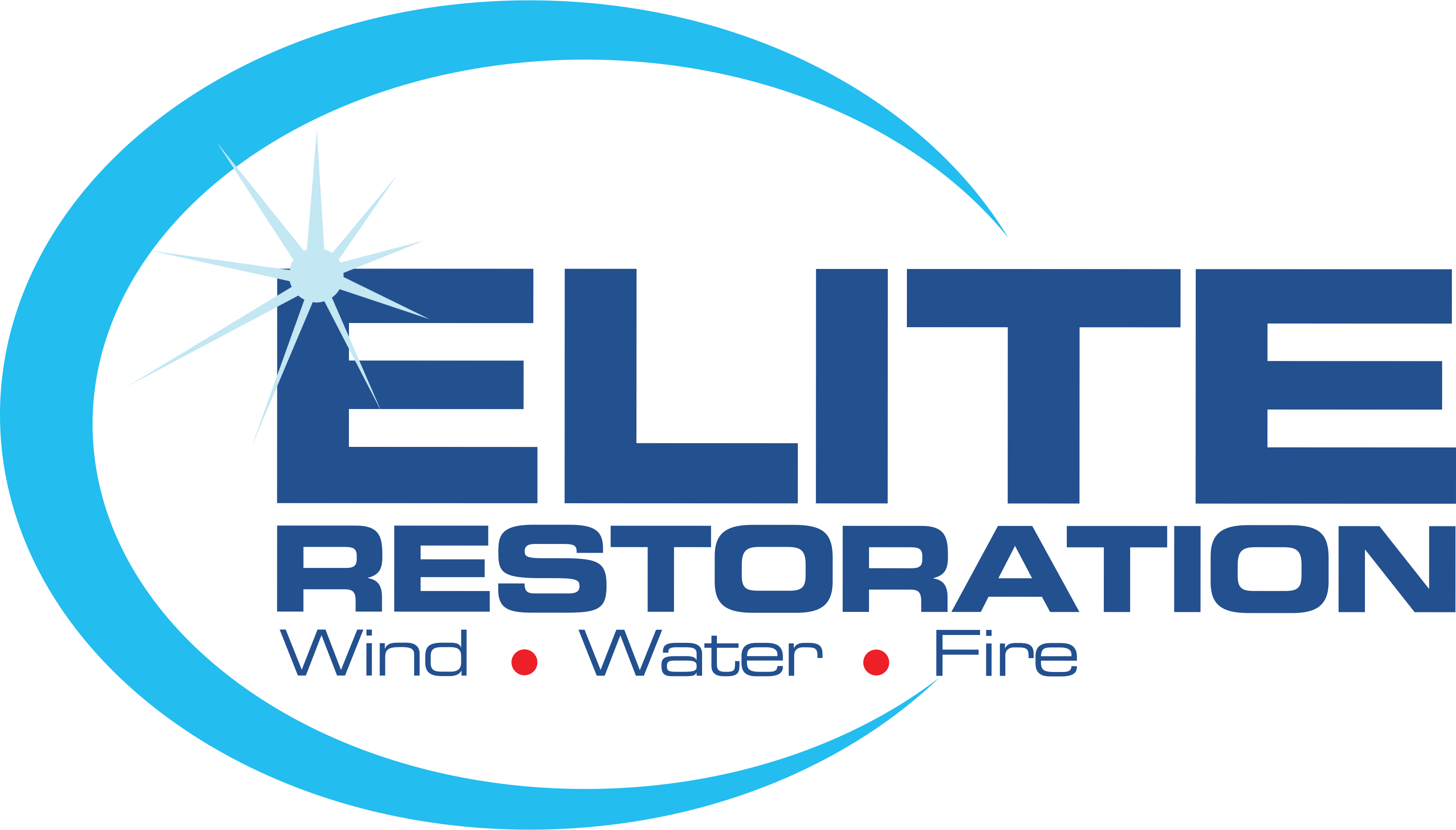What to Do if There Is a Water Stain on Your Ceiling?

How to Remove Water Stains off of your Ceiling
Water stains on your ceiling can be an unsightly and worrying issue, indicating potential problems with your home’s roofing or plumbing. Addressing the problem promptly can prevent further damage and save on costly repairs. Here’s a comprehensive guide on what to do if you discover a water stain on your ceiling.
1. Identify the Source of the Leak
The first step in dealing with a water stain on your ceiling is to identify the source of the leak. This could be due to a variety of issues such as a leaking roof, plumbing problems, or even condensation.
- Roof Leaks: Inspect your roof for missing or damaged shingles, especially after heavy rain or snowfall.
- Plumbing Issues: Check for leaks in the pipes above the stained area. This includes inspecting bathrooms, kitchens, and other areas with water lines.
- Condensation: In some cases, poor insulation or ventilation can lead to condensation, which might be the cause of the water stain.
Identifying the source is crucial for fixing the problem effectively. Without addressing the root cause, any repair to the ceiling will be temporary.
2. Stop the Leak
Once you’ve identified the source, the next step is to stop the leak. This might involve:
- Roof Repairs: If the leak is coming from the roof, you might need to replace damaged shingles, fix flashing around chimneys or vents, or even patch holes. In some cases, you might need professional help.
- Plumbing Fixes: For plumbing issues, turn off the water supply to the affected area and repair or replace the faulty pipes or fixtures. This might require professional plumbing services if the damage is extensive.
- Improving Insulation: If condensation is the issue, improving insulation and ventilation in your home can help reduce moisture buildup.
Stopping the leak is essential to prevent further water damage and ensure that your repair efforts are effective.
3. Dry Out the Affected Area
After stopping the leak, it’s important to thoroughly dry out the affected area. This can help prevent mold growth and further damage to your ceiling.
- Use Fans and Dehumidifiers: Place fans and dehumidifiers in the room to speed up the drying process. This is especially important in humid climates or during rainy seasons.
- Remove Damaged Materials: In cases of severe water damage, you might need to remove wet insulation, drywall, or ceiling tiles to allow the underlying structure to dry out properly.
Ensure that the area is completely dry before proceeding to the next step to avoid trapping moisture inside your ceiling.
4. Repair the Ceiling
Once the area is dry and the source of the leak is fixed, the ceiling will need to be repaired.
- Patch Small Holes: For minor damage, you can use a patch kit to cover small holes or cracks. This usually involves applying a patch, smoothing it over with joint compound, and sanding it down once it’s dry.
- Replace Damaged Sections: If the damage is more extensive, you might need to cut out the affected section of drywall or plaster and replace it. Ensure that the new piece fits snugly and secure it in place before taping, mudding, and sanding the joints.
- Prime and Paint: After repairing the ceiling, apply a stain-blocking primer to prevent any residual stains from bleeding through the new paint. Once the primer is dry, paint the ceiling with a matching color to blend the repair seamlessly with the rest of the ceiling.
5. Prevent Future Issues
Finally, take steps to prevent future water stains and leaks.
- Regular Maintenance: Conduct regular inspections of your roof and plumbing systems to catch potential issues early. Look for signs of wear and tear and address them promptly.
- Improve Home Ventilation: Ensure that your home has adequate ventilation to reduce condensation and moisture buildup. This includes using exhaust fans in bathrooms and kitchens and ensuring your attic is properly ventilated.
- Install Water Alarms: Consider installing water alarms in areas prone to leaks, such as under sinks, near water heaters, and in basements. These alarms can alert you to the presence of water and help you address leaks before they cause significant damage.
Elite Restoration is Here To Help
Dealing with a water stain on your ceiling can be a daunting task, but with the right approach, you can manage it effectively. It is important to identify the source of the leak, stop it, dry out the area, make necessary repairs, and take preventive measures to restore your ceiling and protect your home from future water damage. Consider hiring a professional restoration expert from Elite Restoration if necessary to ensure thorough and efficient repairs. Regular maintenance is key to keeping your home in good condition and free from water-related issues.

